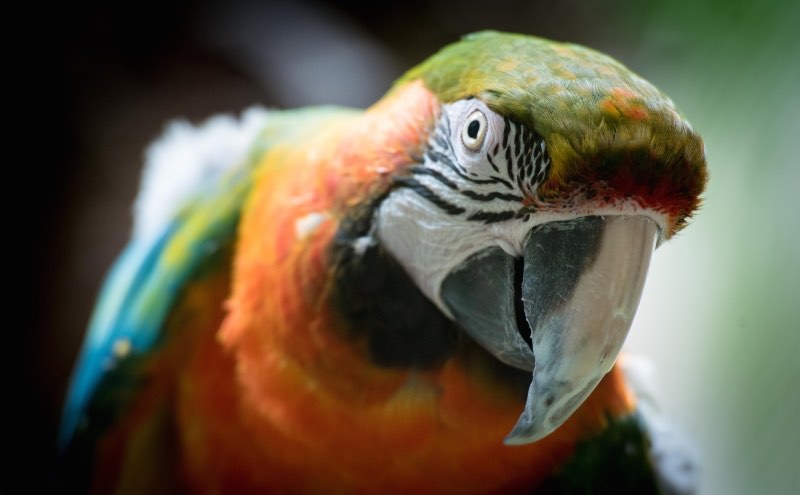 Did you know that parrots know when to use the phrases they mimic from their owners? That’s just one fascinating discovery that has come out through a large crowdsourced dataset on mimicry among parrots.
Did you know that parrots know when to use the phrases they mimic from their owners? That’s just one fascinating discovery that has come out through a large crowdsourced dataset on mimicry among parrots.
In a project entitled “What Does Polly Say?” 900 parrot owners answered a survey about the speaking habits of their birds, of which 73 species were represented. The results indicated that parrot vocal learning varies from without, but not so much from within species, suggesting that the mechanisms and functions of learning also vary.
No other species has been found to use true language, a term scientists use to distinguish between it and vocalization, in which animals use sounds to communicate. Where the line is drawn probably lies on top of decades of scientific arguments.
However parrots can command pretty astonishing mimicry skills that not only include mimicking accents, but also improvisation (e.g. rearranging words) and using what they learn in appropriate human contexts.
Despite these amazing abilities, the birds’ gregariousness varies based on unexpected grounds. Age and gender were poor predictors of mimicry: a 50-year-old parrot had the some vocal repertoire as a 5-year-old parrot on average, and whether the sex of the bird was male or female also didn’t alter the performance.
What did affect it was the species. African gray parrots are long known master mimics, which came out in the survey data. They are capable of producing repertoires of 60 words, while amazons, cockatoos, and macaws all managed 20-30 words.
As most genders in most species didn’t vary on words, there were some variations on other behaviors.
MORE PARROT NEWS: Brilliant Bruce the Disabled Parrot Uses Pebbles to Clean Himself With Broken Beak—Something Never Before Observed
Budgerigar males had larger vocal repertoires than females, and male Pacific parrotlets were the only ones that would “talk.” Among yellow-headed amazons, the females learned more sounds, but of all these differences, they were statistically insignificant.
But perhaps the coolest finding in the data was that 89% of parrots understood how to use their mimicry in exactly the right context as a human would.
RELATED: Scientists Discover Baby Seals Can Change Their Tone of Voice – And Mimic Sounds Like Parrots
Some parrots, about half, would often or on occasion rearrange the words they learned to form spontaneous utterances.
“This research highlights just how much parrots still have to teach us,” said co-author Christine Dahlin.
WATCH Christine’s parrot Yoko go on a speaking-spree…
SHARE These Brilliant Birds And Their Speaking Study With Your Friends…



















